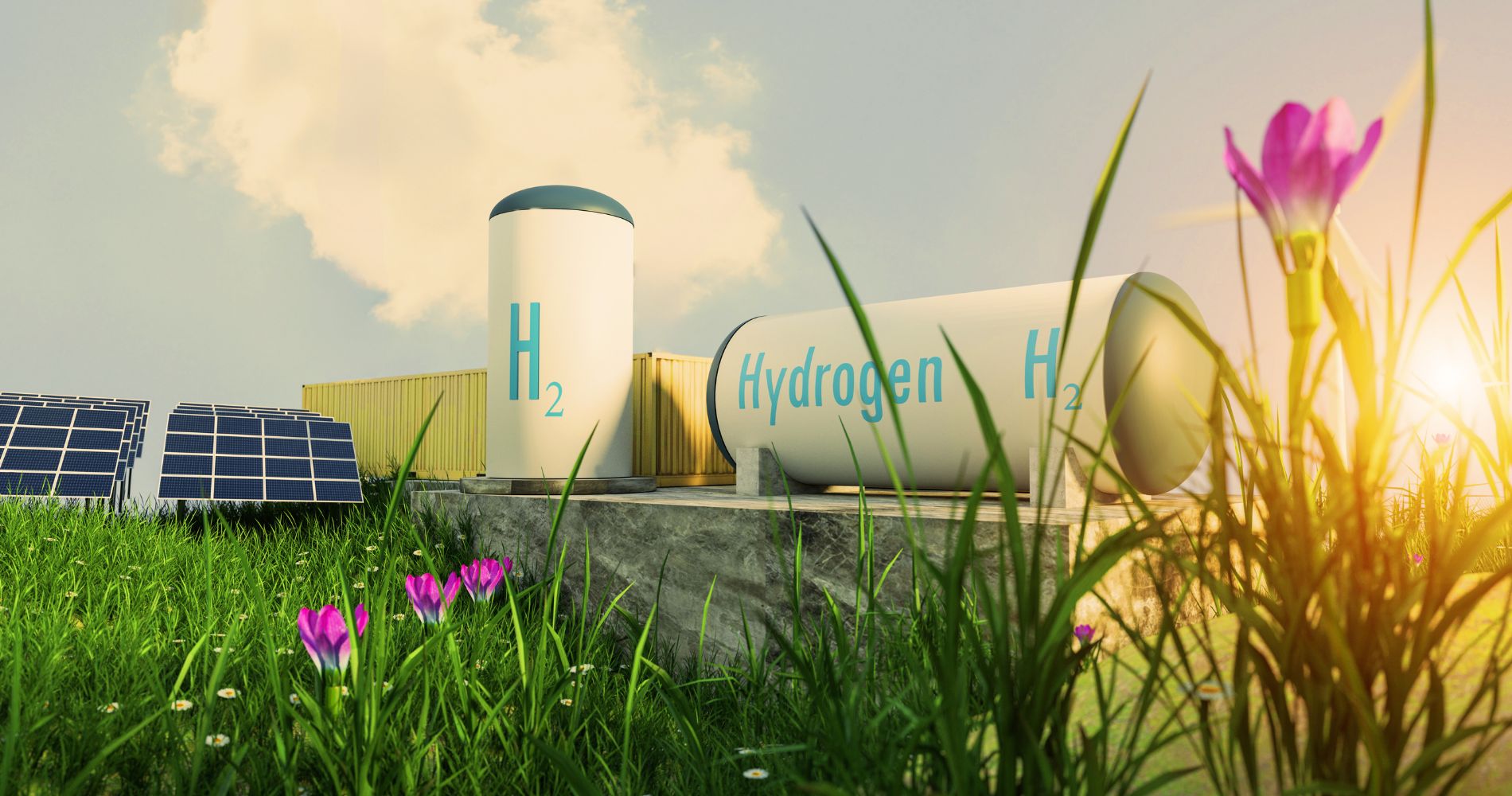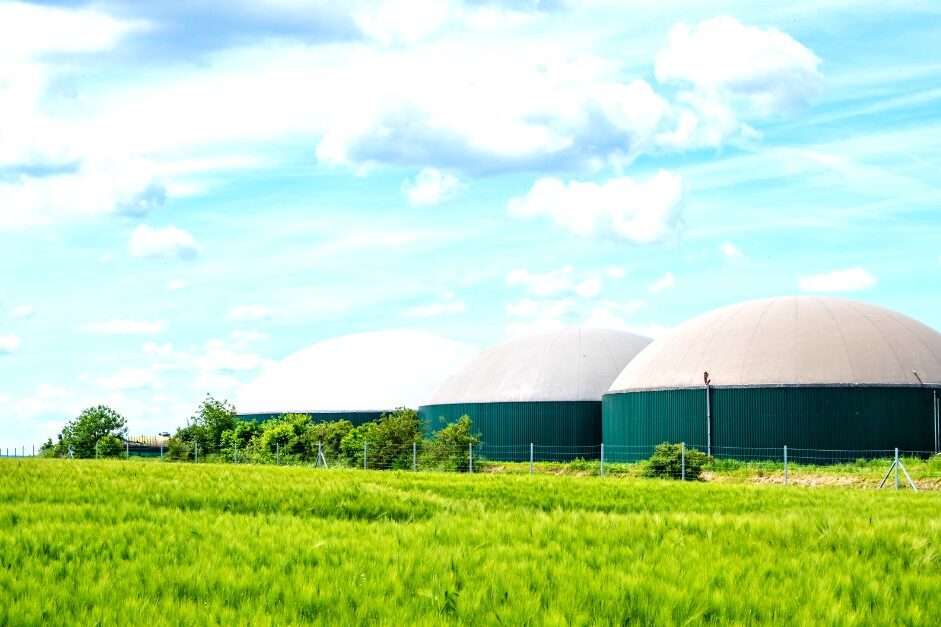As the world moves towards sustainability, the search for clean and renewable energy sources intensifies. One of the options that has gained prominence recently is green hydrogen. But what exactly is green hydrogen and why is it getting so much attention? Let’s explore in this post.
Hydrogen is the most abundant element in the universe, making up nearly 75% of its elemental mass, according to NASA. However, on Earth, it is rarely found in its pure form, being normally bound with other elements such as oxygen to form water. To be used as an energy source, it needs to be separated from these compounds, a process that until recently was highly polluting.
That’s where green hydrogen comes in. Green hydrogen is produced from renewable energy sources such as solar and wind using a process called water electrolysis. Unlike traditional hydrogen, produced from fossil fuels, green hydrogen emits no CO2 during its production, making it a truly clean energy option.
Hydrogen, whether in its green form or not, is widely used in industry and transport around the world. In Brazil, it is mainly used in oil refineries, production of ammonia for fertilizers, methanol, naphtha, hydrogenation of vegetable oil, steelworks and heavy transport in civil construction and mining. In 2021, the global demand for hydrogen reached 94 million tons, according to the annual report of the International Energy Agency (IEA, its acronym in English).
This “new commodity”, as it has been called, is seen as a key element in the decarbonization of the economy. Global investments in green hydrogen production and transport are expected to reach $12 trillion by 2050.
The importance of green hydrogen to the global energy transition cannot be underestimated. The IEA estimates that green hydrogen has the potential to reduce global greenhouse gas emissions by up to 6 gigatons by 2050, a significant contribution to the global effort to combat climate change.
A study by the Boston Consulting Group (BCG) entitled “Building the Green Hydrogen Economy – Infrastructure Strategy 2023” indicates that green hydrogen is being considered by institutional investors as a “profitable investment opportunity” due to its “key role” in decarbonization of industries whose emissions are challenging to reduce.
To achieve the global decarbonization targets established by the Paris Agreement, the BCG study predicts that investments in the production and transport of green hydrogen must reach US$ 12 trillion between 2025 and 2050. This projection is based on an estimated demand that should rise from the current 94 million tons to somewhere between 350 million and 530 million tons in 2050.
The future of green hydrogen is particularly promising in Brazil. The country has significant renewable energy generation capacity that can boost green hydrogen production. BCG suggests that Brazil has the potential to produce up to 15 million tons of green hydrogen, positioning itself as a player in the global market. This would not only benefit the domestic energy transition, but also open up export opportunities.
Ansgar Pinkowski, manager of innovation and sustainability at the Rio de Janeiro unit of the German-Brazil Chamber of Commerce and Industry (AHK), reinforces this potential, noting that Brazil is a country with enormous capacity for cost-effective wind and solar energy generation. low, which boosts the production of green hydrogen for export. Amaro Pereira, from Coppe/UFRJ, adds: “For Brazil it would be a good opportunity to export and use it here too”.
Despite challenges such as the cost of production and the difficulty of storage and transportation, the potential of green hydrogen is enormous. With investments in research and development, along with incentive policies, green hydrogen has the potential to play a crucial role in the transition to a low-carbon economy.






